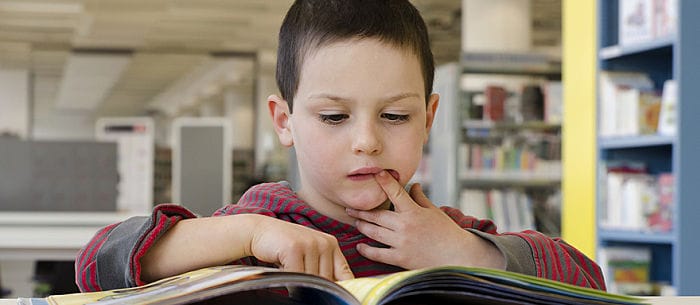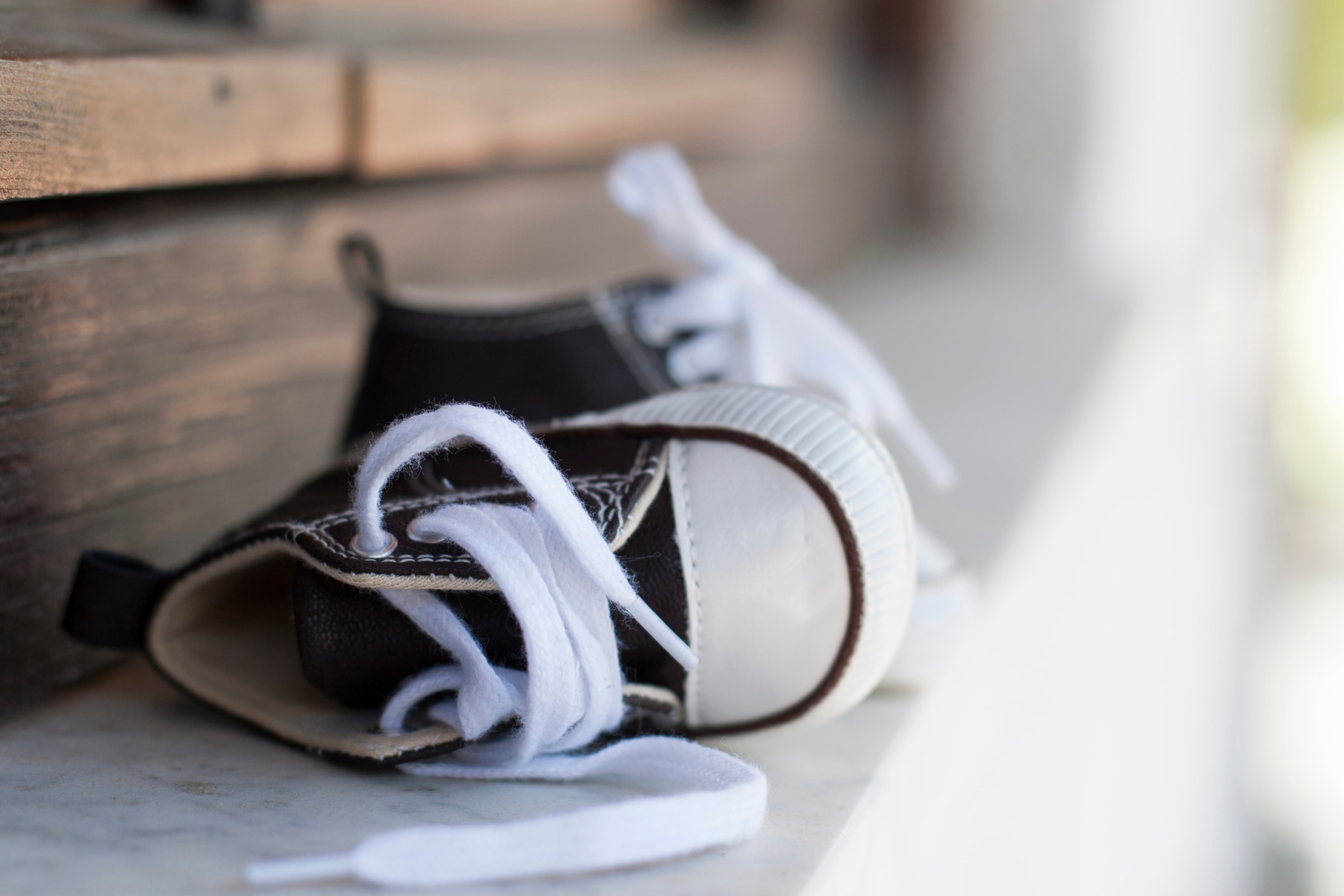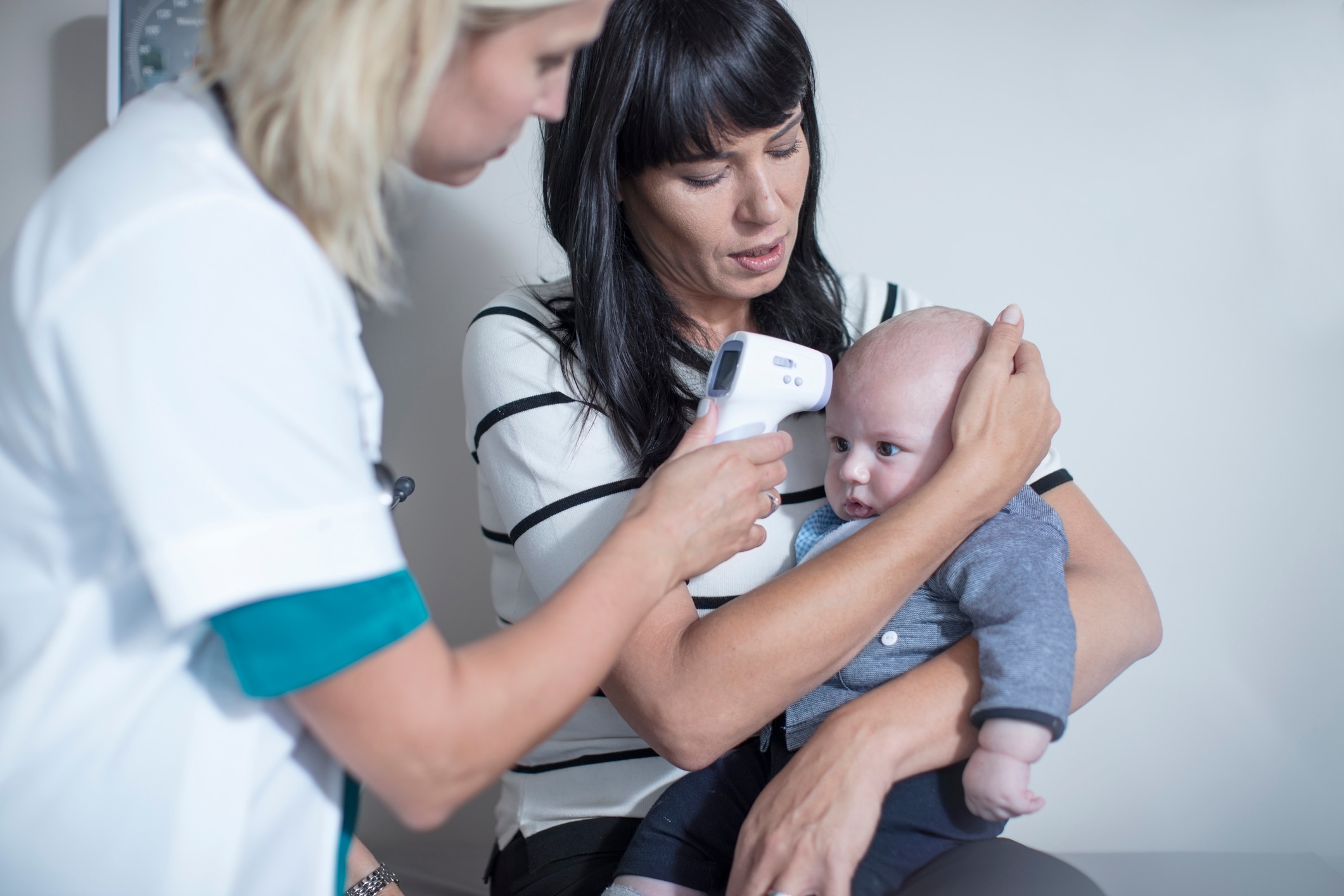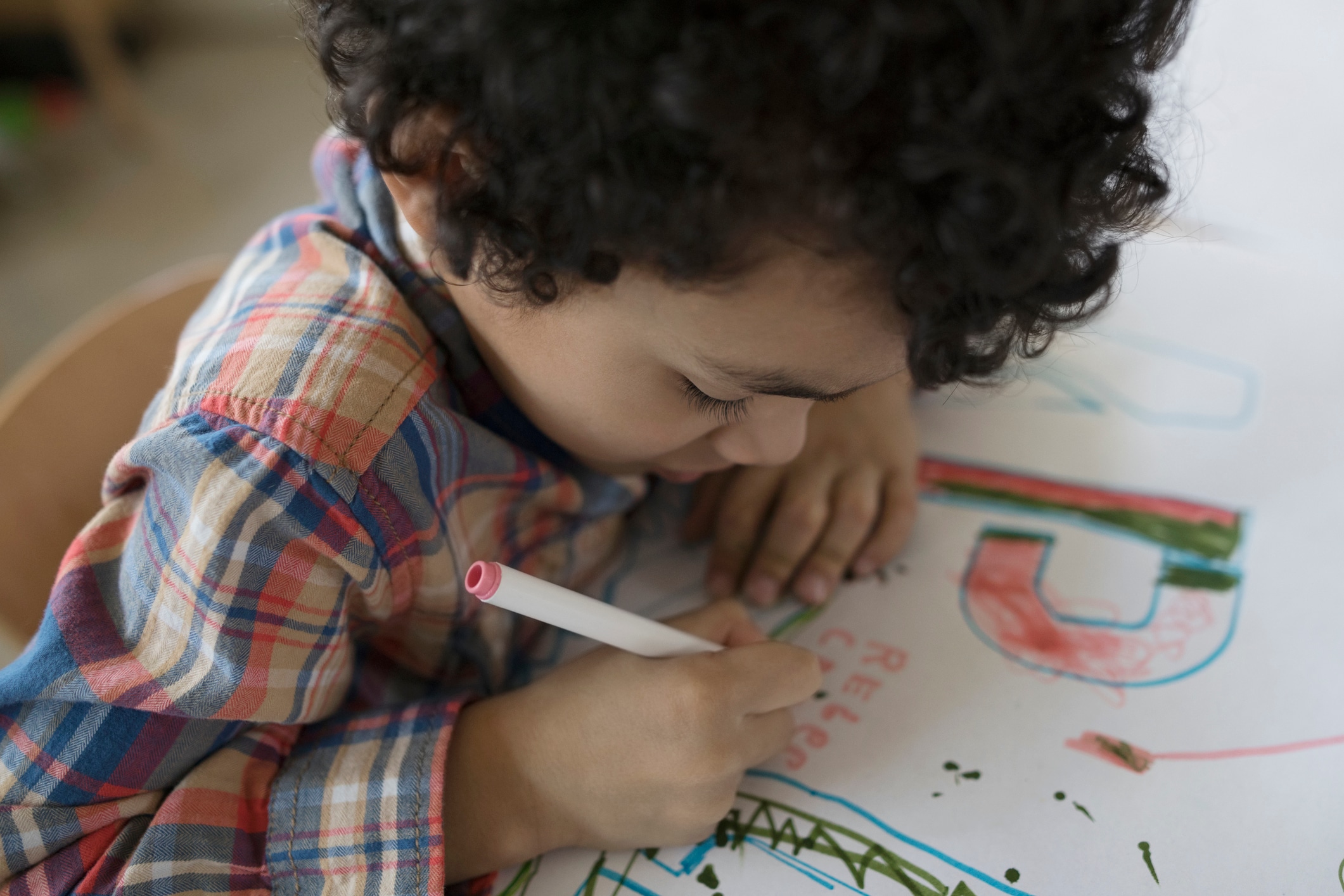There are so many books for kids and — let’s be honest — a lot of them aren’t worth reading. How do you decide what are the best kids’ books to add to your family library?
Choosing quality literature for children is important, says Christine French Cully, the editor-in-chief of Highlights for Children. “Reading quality books and magazines fosters the imagination, enriches the vocabulary and can throw open a window to the world,” she says. “Readers are made in childhood and reading is the single most important thing you can do for your child every day to set them on a path to success.”
When choosing books, look for memorable, relatable characters, says Mark I. West, the chair of the department of English at the University of North Carolina at Charlotte who has written numerous books on children’s literature. “Think Tom Sawyer and Jo March,” West says.”But it’s also the plot that makes you want to turn the page and see what happens next. J.K. Rowling is a master of that. It’s astonishing — kids reading 800-page books. But the plot is so well-constructed you can’t put a Harry Potter book down.”
The following list of best kids’ books is compiled from favorites named by Cully and West and rounded out with suggestions from the New York Public Library’s Summer Reading List and the American Library Association’s Summer Reading List. Cully stresses that the age levels suggested for these books are just guidelines. “Don’t look at age and grade levels too rigorously,” she says. “Kids often read at higher levels than you might think.”
Pre-K
Pictures with simple concepts, rhymes and repetition are good choices for this age, Cully says.
- “Are You My Mother?,” P.D. Eastman
- “Chicka Chicka Boom Boom,” Bill Martin Jr.
- “Flower Garden,” Eve Bunting
- “Giraffes Can’t Dance,” Giles Andreae
- “Good Night, Gorilla,” Peggy Rathmann
- “Green Eggs and Ham,” Dr. Seuss
- “Hands Are Not For Hitting,” Martine Agassi
- “Harold and the Purple Crayon,” Crockett Johnson
- “I Want to Be an Astronaut,” Byron Barton
- “Knuffle Bunny,” Mo Willems
- “Lilly’s Big Day,” Kevin Henkes
- “The Little Engine That Could,” Watty Piper
- “Maisy Learns to Swim,” Lucy Cousins
- “Round Is a Mooncake,” Roseanne Thong
- “The Snowy Day,” Ezra Jack Keats
- “Strega Nona,” Tomie De Paola
- “SuperHero ABC,” Bob McLeod
- “The Very Hungry Caterpillar,” Eric Carle
- “Where the Wild Things Are,” Maurice Sendak
- “We’re Going on a Bear Hunt,” Michael Rosen
Kindergarten
By age 5 and 6 kids most kids can recognize letters and sounds, “read” left to right and memorize or read simple books. Encourage children to sound out words, Cully says. But know when is enough: If a child is frustrated, help him out. You want reading to be something he looks forward to, she says.
- “The Adventures of Sparrowboy,” Brian Pinkney
- “April and Esme: Tooth Fairies,” Bob Graham
- “Benny and Penny,” Geoffrey Hayes (series)
- “Camping: A Mr. and Mrs. Green Adventure,” Keith Baker
- “Cat the Cat,” Mo Willems (series)
- “The Cazuela That the Farm Maiden Stirred,” Samantha R. Vamos
- “E-mergency!,” Tom Lichtenheld and Ezra Fields-Meyer
- “Fly Guy Presents: Firefighters,” Tedd Arnold
- “Frog and Friends: Frog Saves the Day,” Eve Bunting
- “Happy Like Soccer,” Maribeth Boelts
- “Here I Am,” Patti Kim
- “Hippos Can’t Swim: And Other Fun Facts,” Laura Lyn DiSiena and Hannah Eliot
- “In the Wild,” David Elliott and Holly Meade
- “This Jazz Man,” Karen Ehrhardt
- “Katie Saves the Earth,” Fran Manushkin
- “Larf,” Ashley Spires
- “Lizards,” Nic Bishop
- “Max and the Tag-Along Moon,” Floyd Cooper
- “Rat Attack,” Molly Coxe
- “Squirrel’s Fun Day,” Lisa Moser
First and Second Grades
This is generally the time children are considered emergent readers. Children in this age group like books with “reassuring themes,” Cully says. “They’re learning to navigate a sometimes scary and unpredictable world, so a book with a clear and predictable beginning, middle and end” is a good choice, she says.
- “Bean Dog and Nugget: The Ball,” Charise Mericle Harper
- “The Book With No Pictures,” B.J. Novak
- “Franny K. Stein: Lunch Walks Among Us,” Jim Benton
- “Goodnight Already!,” Jory John
- “I Don’t Want to Be a Frog,” Dev Petty
- “I Got the Rhythm,” Connie Schofield-Morrison
- “Guinea Dog,” Patrick Jennings
- “Journey,” Aaron Becker
- “Magic Tree House,” Mary Pope Osborne (series)
- “My New Friend Is So Fun!,” Mo Willems
- “Nikki & Deja,” Karen English
- “Old Mikamba Had a Farm,” Rachel Isadora
- “Power Down, Little Robot,” Anna Staniszewski
- “The Princess in Black,” Shannon Hale and Dean Hale
- “Rabbit and Robot: The Sleepover,” Cece Bell
- “Sam and Dave Dig a Hole,” Mac Barnett
- “The Shark King,” R. Kikuo Johnson
- “Ten Rules of Being a Superhero,” Deb Pilutti
- “Unicorn Thinks He’s Pretty Great,” Bob Shea
- “Wolfie the Bunny,” Ame Dyckman
Third to Fourth Grade
Look for books with characters your child will find identifiable and who solve their own problems. Children can also start understanding stories with several layers of meaning at this age, Cully says.
- “Amelia Rules,” Jimmy Gownley (series)
- “Battle Bunny,” Jon Scieszka and Mac Barnett
- “Binny for Short,” Hilary McKay
- “The Blossoming Universe of Violet Diamond,” Brenda Woods
- “The Chicken Squad: The First Misadventure,” Doreen Cronin
- “Dory Fantasmagory,” Abby Hanlon
- “A Dragon’s Guide to the Care and Feeding of Humans,” Laurence Yep and Joanne Ryder
- “Flora and Ulysses: The Illuminated Adventures,” Kate DiCamillo
- “Girls Think of Everything: Stories of Ingenious Inventions by Women,” Catherine Thimmesh
- “Guys Read: True Stories,” Jon Scieszka
- “Honey,” Sarah Weeks
- “House of Robots,” James Patterson and Chris Grabenstein
- “Nathan Hale’s Hazardous Tales: One Dead Spy,” Nathan Hale
- “Nightmares!,” Jason Segel and Kirsten Miller
- “Rump: The True Story of Rumpelstiltskin,” Liesl Shurtliff
- “The Terrible Two,” Mac Barnett and Jory John
- “The 13-Story Treehouse,” Andy Griffiths
- “Timmy Failure: Mistakes Were Made,” Stephan Pastis
- “Tommysaurus Rex,” Doug TenNapel
- “Who Was Nelson Mandela?,” Pam Pollack and Meg Belviso
Fifth Grade
Children want to read independently and are ready for more sophisticated and mature subject matter. This is a popular time for children to begin the Harry Potter series, West says.
- “Because of Winn-Dixie,” Kate DiCamillo
- “Beezus and Ramona,” Beverly Cleary
- “The BFG,” Roald Dahl
- “Boys Who Rocked the World: Heroes From King Tut to Bruce Lee,” Michelle Roehm McCann
- “Bridge To Terabithia,” Katherine Paterson
- “Echo,” Pam Munoz Ryan
- “Eddie Red Undercover: Mystery on Museum Mile,” Marcia Wells
- “Harry Potter,” J.K. Rowling (series)
- “Last-But-Not-Least Lola,” Christine Pakkala (series)
- “Leepike Ridge,” N.D. Wilson
- “The Magic Shop: The Vanishing Coin,” Kate Egan and Mike Lane
- “Matilda,” Roald Dahl
- “Amazing Greek Myths of Wonder and Blunders,” Michael Townsend
- “President of the Whole Fifth Grade,” Sherri Winston
- “Sisters,” Raina Telgemeier
- “Sky Jumpers,” Peggy Eddleman
- “The Streak,” Barb Rosenstock
- “Titanic: Voices From the Disaster,” Deborah Hopkinson
- “Walk Two Moons,” Sharon Creech
- “Where the Red Fern Grows,” Wilson Rawls
- “Wringer,” Jerry Spinelli
Kara Murphy is a freelance writer in Erie, Pennsylvania, and a mother of a 5-year-old who loves the Magic Treehouse series and a 3-year-old who has memorized “Sam and Dave Dig a Hole.”





